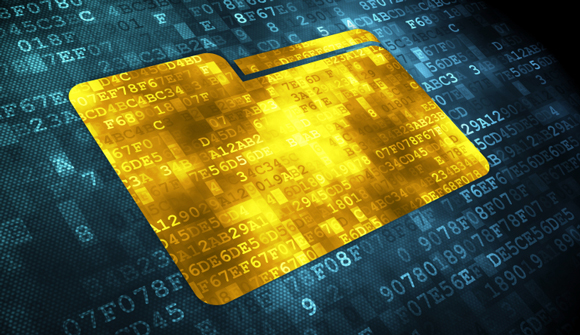Larry White closely examines the characterization of bitcoin as an “electronic version of gold.” How well does the comparison stand up to scrutiny?
Many commentators have compared Bitcoin to gold as an investment asset. “Can Bitcoin Be Gold 2.0?,” asks a portfolio analyst. “Bitcoin is increasingly set to replace gold as a hedge against uncertainty,” suggests a Cointelegraph reporter.
Economists, by contrast, are more interested in considering how a monetary system based on Bitcoin compares to a gold-standard monetary system. In a noteworthy journal article published in 2015, George Selgin characterized Bitcoin as a “synthetic commodity money.” Monetary historian Warren Weber in 2016 released an interesting Bank of Canada working paper entitled “A Bitcoin Standard: Lessons from the Gold Standard,” which analyzes a hypothetical international Bitcoin-based monetary system on the supposition that “the Bitcoin standard would closely resemble the gold standard” of the pre-WWI era. More recently, University of Chicago economist John Cochrane in a blog post has characterized Bitcoin as “an electronic version of gold.”
In what important respects are the Bitcoin system and a gold standard similar? In what other important respects are they different?
Bitcoin is similar to a gold standard in at least two ways. (1) Both Bitcoin and gold are stateless, so either can provide an international base money that is not the creature of any national central bank or finance ministry. (2) Both provide a base money that is reliably limited in quantity (this is the grounding for Selgin’s characterization), unlike a fiat money that a central bank can create in any quantity it likes, “out of thin air.”
Bitcoin and the gold standard are obviously different in other ways. Gold is a tangible physical commodity; bitcoin is a purely digital asset. This difference is not important for the customer’s experience in paying them out, as ownership of (or a claim to) either asset can be transferred online, or in person by phone app or card. The “front ends” of payments are basically the same nowadays. The “back ends” can be different. Gold payments can go peer to peer without third-party involvement only when a physical coin or bar is handed over. Electronic gold payments require a trusted vault-keeping intermediary. Bitcoin payments operate on a distributed ledger and can go peer-to-peer electronically without the help of a financial institution. In practice, however, many Bitcoin transactions use the services of commercial storage and exchange providers like Coinbase.
The most important difference between Bitcoin and gold lies in their contrasting supply and demand mechanisms, which give them very different degrees of purchasing power stability. The stock of gold above ground is slowly augmented each year by gold mines around the world, at a rate that responds to, and stabilizes, the purchasing power of gold. Commodity (non-monetary) demands also respond to the price of gold and dampen movements in its value. The rate of Bitcoin creation, by contrast, is entirely programmed. It does not respond to its purchasing power, and there are no commodity demands.
Source/More: How a Bitcoin System is Like and Unlike a Gold Standard – Alt-M















